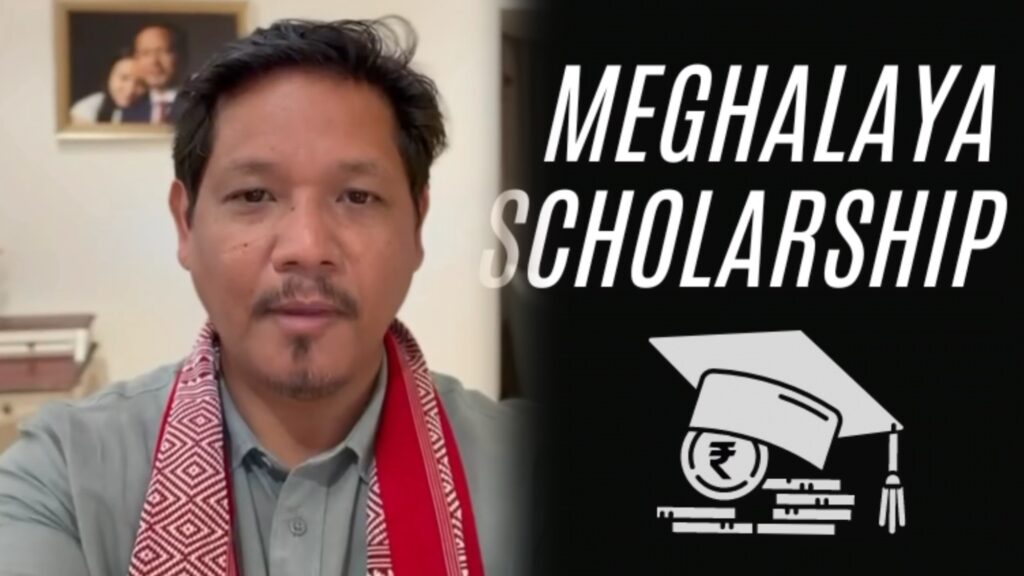Shillong, May 3 : In a forward-thinking move to position Meghalaya as a premier film tourism destination and harness the immense potential of its creative economy, Chief Minister Conrad K. Sangma, along with the Paul lyngdoh, Minister for Tourism today officially unveiled the Draft Meghalaya Film Tourism Policy 2025. The announcement, made at a special gathering of filmmakers, content creators, and media stakeholders, underscored the government’s commitment to inclusive policymaking.
Chief Minister Sangma presented the draft, emphasizing the importance of public input. “We wanted to showcase the draft, and we want feedback from you,” he stated. “So, please tell us the areas where you feel things should be changed, improved. We’d like to incorporate your ideas so that we can ultimately come up with a very robust policy.” He also expressed a keen interest in establishing a Film Institute within Meghalaya, envisioning the state as a central hub for cinematic activities and a strong support system for local filmmakers.
The draft policy will soon be accessible on the Meghalaya One portal, with the government inviting public feedback until June 20, 2025, to ensure broad participation in shaping the final framework.
Aligned with Meghalaya’s Vision 2032 to achieve a $16 billion economy, the Film Tourism Policy is built upon three strategic pillars:
- Promoting Meghalaya as a Premier Film Tourism Destination: This pillar aims to showcase the state’s unparalleled natural beauty, rich heritage, and vibrant culture to national and international filmmakers.
- Strengthening the Local Film Ecosystem and Nurturing Talent: This focuses on empowering local filmmakers, artists, and storytellers by providing essential infrastructure, upskilling opportunities, and increased visibility.
- Positioning Meghalaya as a Central Hub for Film Production in the North East: This involves creating a competitive and filmmaker-friendly environment through financial incentives, institutional support, and streamlined facilitation.
The policy proposes a comprehensive range of benefits, including:
- Financial incentives of up to ₹1.5 crores for films produced in major Indian languages such as Hindi, Tamil, Telugu, Malayalam, Kannada, and Marathi.
- Special grants and subsidies for productions that specifically highlight Meghalaya’s unique heritage, culture, and tourism attractions.
- Robust support for local content creators, encompassing extensive training and upskilling programs.
- Incentives for films premiering on “Hello Meghalaya,” the state’s official OTT platform, along with added promotional and visibility support.
- Active encouragement of private investment to establish modern studios, labs, and post-production infrastructure within the state.
Beyond the immediate policy, Chief Minister Sangma outlined a broader vision for the future, including the establishment of a dedicated Film Institute in Meghalaya. He also proposed rotating film festivals across various districts, including Tura and Jowai, ensuring that the cultural movement extends beyond Shillong and engages all regions of the state.
National Award-winning filmmaker Pradip Kurbah lauded the initiative, remarking, “These steps are more than just government policies. They are laying the foundation for a sustainable film culture in Meghalaya. For many of us, this is the first time we truly feel there’s a space for our stories here at home.” He encouraged young filmmakers to prioritize authenticity, advising them, “Don’t rush to follow trends. Stay true to your stories, and more importantly, stay true to your heart. Real cinema is about emotion, honesty, and human connection.”
The unveiling of the Draft Meghalaya Film Tourism Policy 2025 marks a pivotal moment in the state’s journey towards becoming a leading destination in the global storytelling economy. The Government of Meghalaya extends an open invitation to all—from industry professionals to citizens—to engage with the draft and contribute to co-creating a vibrant future for film in the state.








